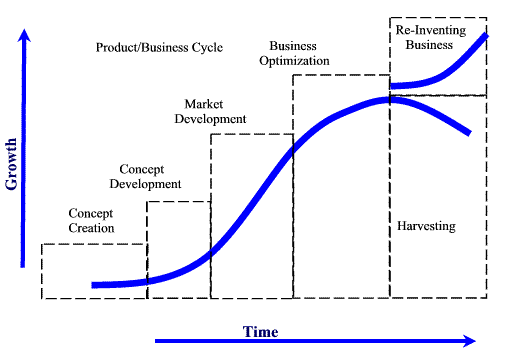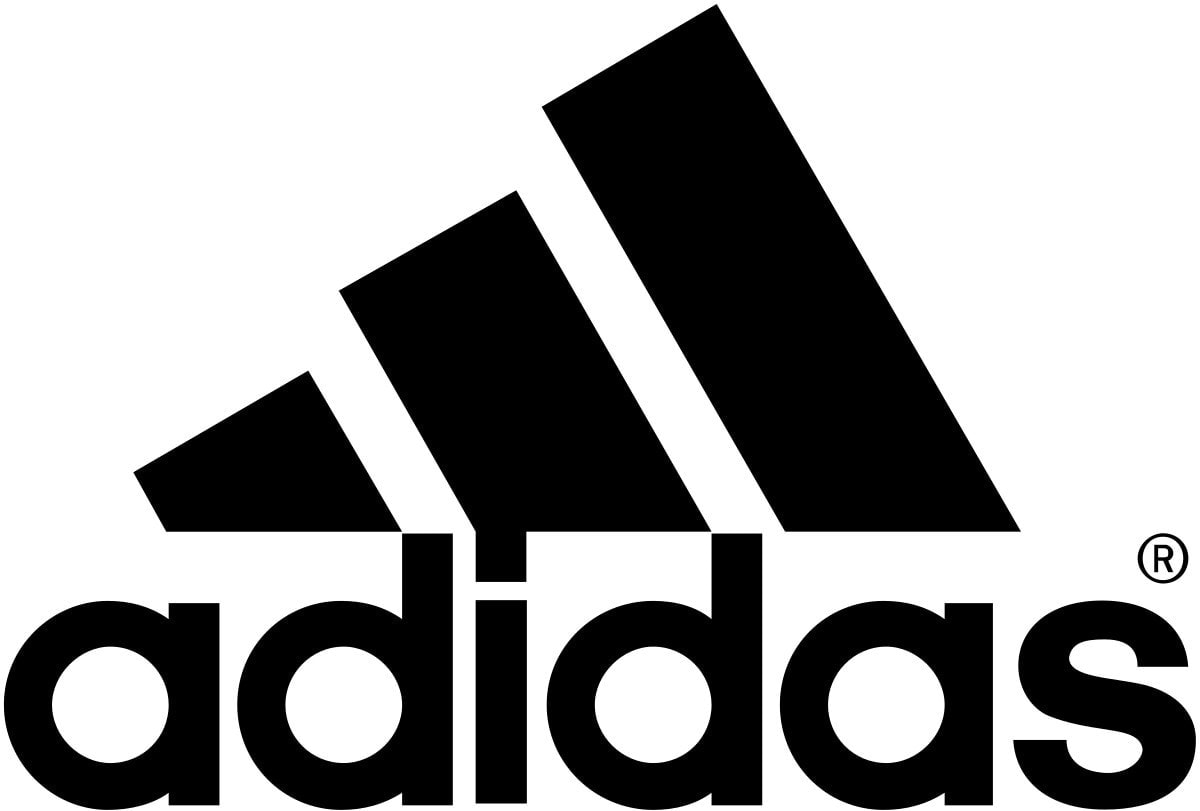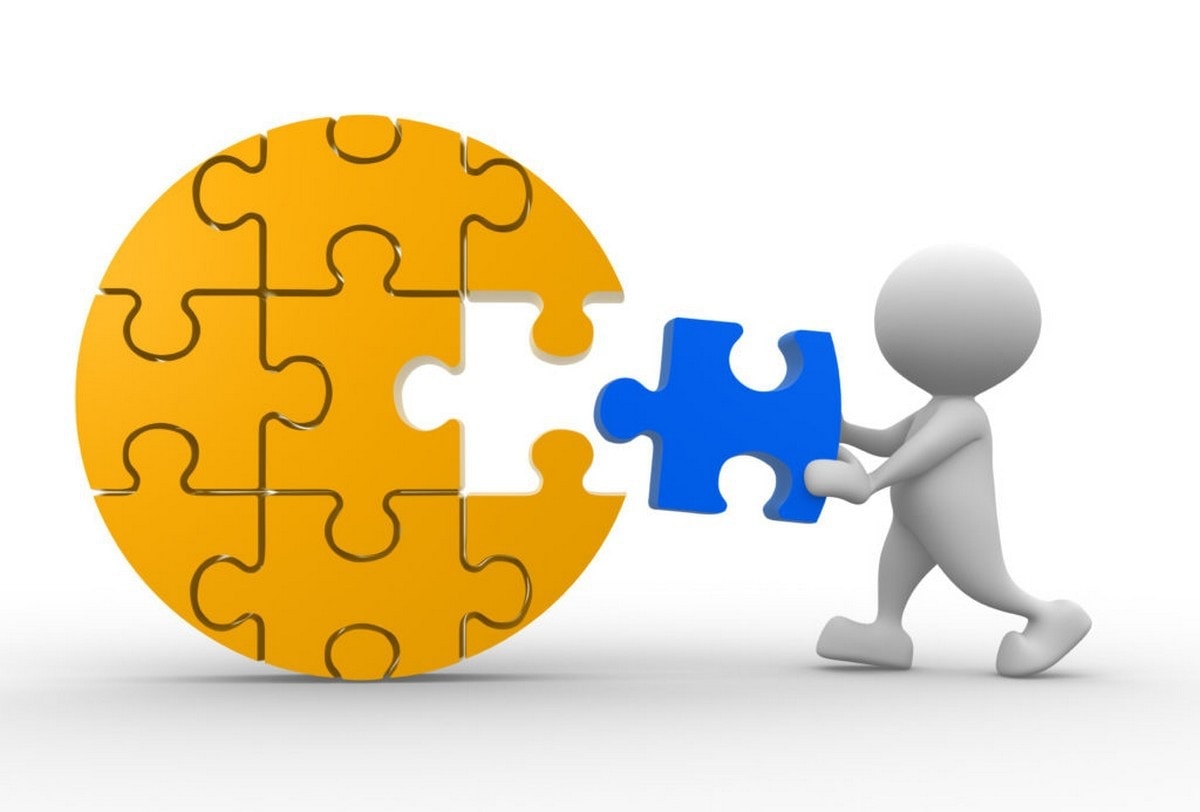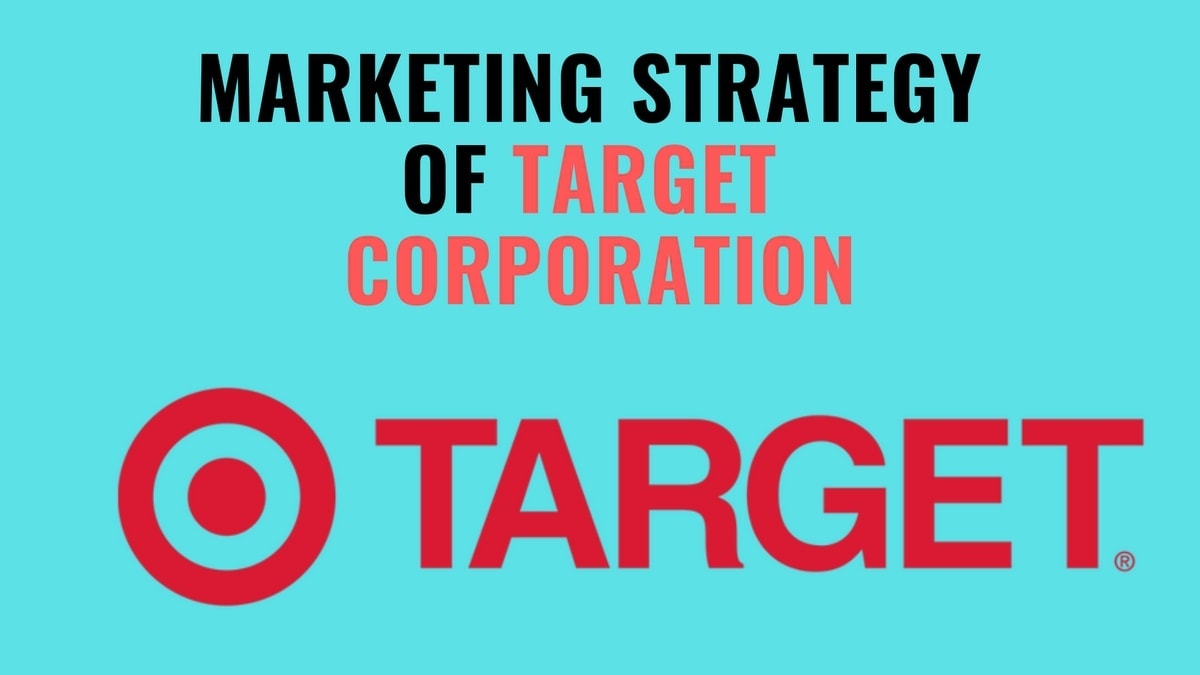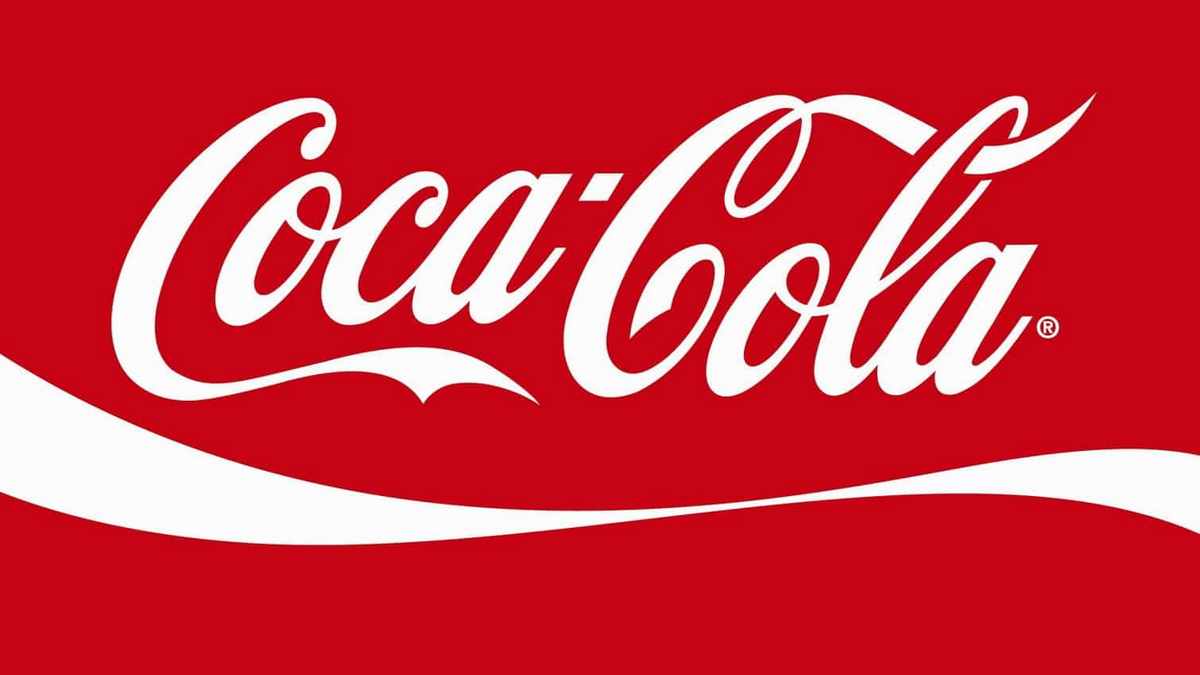
Marketing strategy of Coca cola - Coca cola strategy
Marketing strategy of Coca cola – Coca cola marketing strategy
Coca Cola is world’s leading soft drink maker and operates in more than 200 countries around the world. It sells a variety of sparkling and still beverages. It generates 60% of its revenue and about 80% of its operating profit from outside the United States. It has strong brand recognition across the globe. According to business insider, approximately 94% of the world population is aware of the red & white logo of Coca Cola.
Table of Contents
Segmentation, targeting, positioning of Coca Cola
Segmentation helps the brand to define the appropriate products for specific customer group; Coca Cola doesn’t target a specific segment but adapts its marketing strategy by developing new products.
Similarly it uses mix of undifferentiated & mass marketing strategies as well as niche marketing for certain products in order to drive sales in the competitive market. Its Cola is popular worldwide & is liked by people of all age group while the diet coke targets niche segment for people who are more health conscious.
Coca Cola uses competitive positioning strategy to be way ahead of its competitors in the Non-alcoholic beverages market.
Marketing mix – Click here to read the Marketing mix of Coca Cola.
SWOT analysis – Click here to read the SWOT analysis of Coca Cola.
Mission – “Our Roadmap starts with our mission, which is enduring. It declares our purpose as a company and serves as the standard against which we weigh our actions and decisions.
- To refresh the world.
- To inspire moments of optimism and happiness.
- To create value and make a difference.”
Vision– “Our vision serves as the framework for our Roadmap and guides every aspect of our business by describing what we need to accomplish in order to continue achieving sustainable, quality growth.
- People: Be a great place to work where people are inspired to be the best they can be.
- Portfolio: Bring to the world a portfolio of quality beverage brands that anticipate and satisfy people’s desires and needs.
- Partners: Nurture a winning network of customers and suppliers, together we create mutual, enduring value.
- Planet: Be a responsible citizen that makes a difference by helping build and support sustainable communities.
- Profit: Maximize long-term return to shareholders while being mindful of our overall responsibilities.
- Productivity: Be a highly effective, lean and fast-moving organization.”
Tagline – “Refreshing the world, one story at a time”.
Competitive advantage in the Marketing strategy of Coca Cola
Coca Cola has competitive edge over its competitors in terms of Operations, Cost control, Brand portfolio, Channel marketing, Collaborative customer relationship.
Operations – Coca cola has outsourced the bottling operation to the franchisee, FEMSA which is the largest Bottling franchisee of the Coca-Cola trademark beverages in the world. It helps the company in capturing important growth opportunities in under-developed non-carbonated beverage segment and in strategic acquisitions by entering into agreements to jointly acquire companies with The Coca Cola Company.
Cost control – Its diversified product portfolio, Outsourcing operations & economies of scale helps it in cutting its operational cost & increase its profitability.
Strong Brand Portfolio – Company offers a powerful and wide portfolio of beverages to its customers, and continuously explores promising beverage categories to capture growth in its different markets. Its beverage portfolio consist of carbonated soft drinks, bottled water, juices, orangeades, iso-tonics, teas, energy drinks, milk, coffee and even beer in some markets such as Brazil.
Collaborative customer relationship – Coca Cola strongly believes in participative marketing creating shared values for all stakeholders. Tailoring its extensive portfolio of products and packages for their stores based on the local market’s socioeconomic demographics, relevant consumption occasion and the store’s distinctive characteristics.
BCG Matrix in the Marketing strategy of Coca Cola
Coca Cola’s trademark brand occupies a different position in BCG matrix based on the demand & competitive position.
Thumps-up, Sprite, Fanta & Maaza are Stars as these brands have high market share but high competition in their respective segment.
Kinley is question mark reason being low sales. Company is not able to distinctly position Kinley due to the presence of lots of local players in the highly commoditized market resulting in low sales.
The main brand Coca Cola is considered a cash cow because it has a single competitor in Pepsi and has a fantastic presence across the world
Coke-diet, Tea & coffee brands are dogs since it’s not able to attract customers for this segment and these are probably more long-term units and under establishment.
Distribution strategy in the Marketing strategy of Coca Cola
It uses several sales and distribution models depending on market, geographic conditions and the customer’s profile:
(1) the pre-sale system, which separates the sales and delivery functions, permitting trucks to be loaded with the mix of products that retailers have previously ordered, thereby increasing both sales and distribution efficiency,
(2) the conventional truck route system, in which the person in charge of the delivery makes immediate sales from inventory available on the truck,
(3) a hybrid distribution system, where the same truck carries product available for immediate sale and product previously ordered through the pre-sale system,
(4) the telemarketing system, which could be combined with pre-sales visits and
(5) sales through third-party wholesalers of the products.
Brand equity in the Marketing strategy of Coca Cola
Coca Cola is the one brand which is recognized by everyone around the globe. When we talk about brand equity then it is its value & it’s about stories, memories, associations, and human connections (although of course, these connections would have been very carefully and deliberately engineered by talented marketers over many years and countless board meetings).
This is something that Coca-Cola has been the master of for over 100 years. This equity is derived from people’s willingness to pay a premium for the brand and an unwillingness to accept substitutes. Coca-Cola’s marketing strategy has always been to associate happiness, positivity and the good life with their products, & that’s how they are able to create high TOMA (Top of mind awareness).
Competitive analysis in the Marketing strategy of Coca Cola
Big Giants in the Non-alcoholic beverages segment have similar strategy & objectives which means innovation & creative marketing campaigns can help the companies to differentiate from each other. Competition from the local players is the other major issue that company is facing now days. Pepsi is the single largest main competitor of Coca-Cola having products across the segments.
Market analysis in the Marketing strategy of Coca Cola
Non-alcoholic beverages market is ever-growing industry & with the advent of growing Asian markets & developing nations the consumption will be higher also due to the changing lifestyle, economic conditions & changing buying habits. In this industry customer have got lots of options ranging from water to tea/coffee to soft drinks, so chances of customer switching to another brand is high. The only way to differentiate products & retain customers is the strong brand building, and creating pull in the market.
Customer analysis in the Marketing strategy of Coca Cola – Coca cola targets a mass market. And the customer expectation is low price, great taste, convenience & accessibility and various options to choose from.


